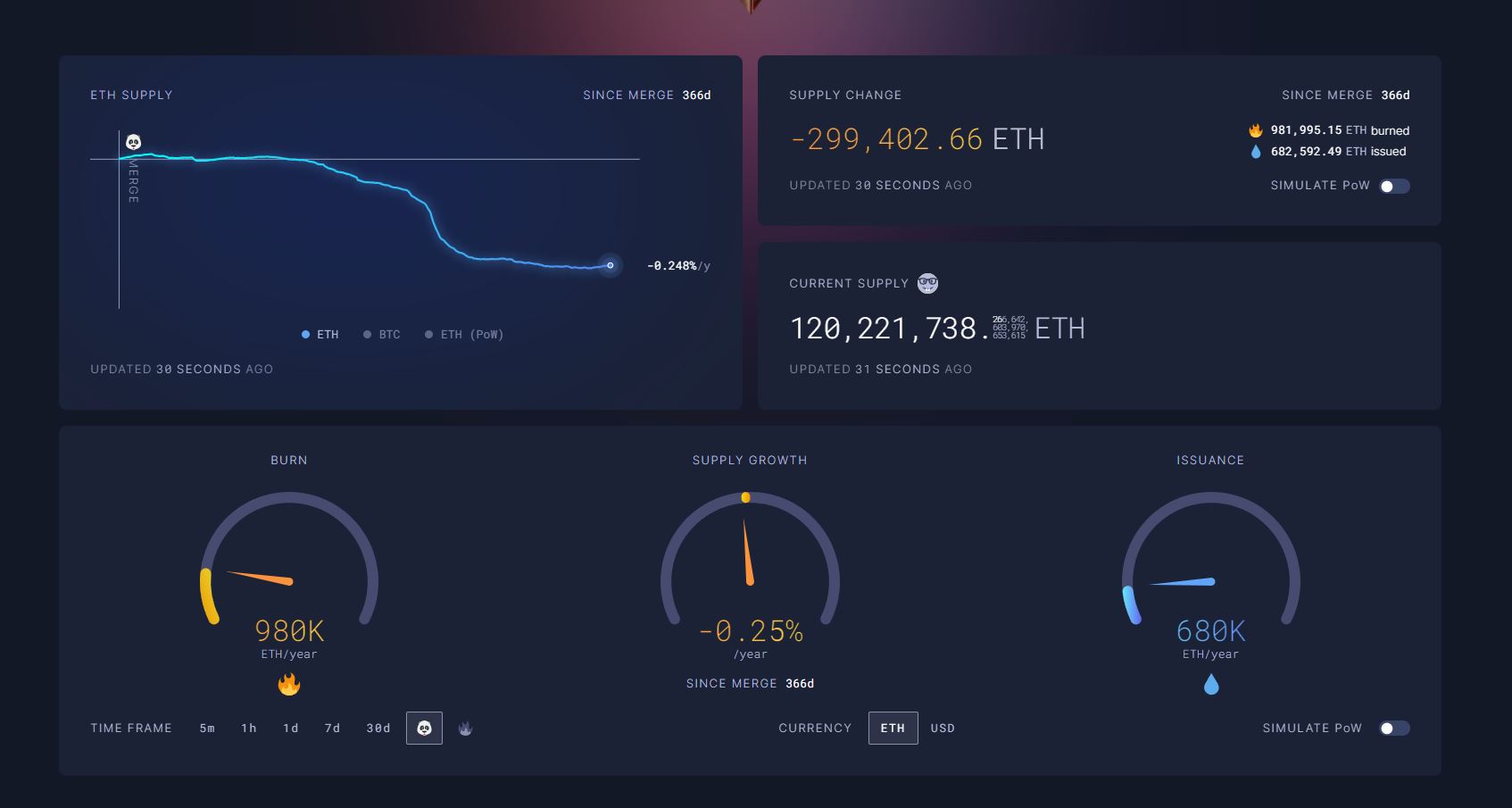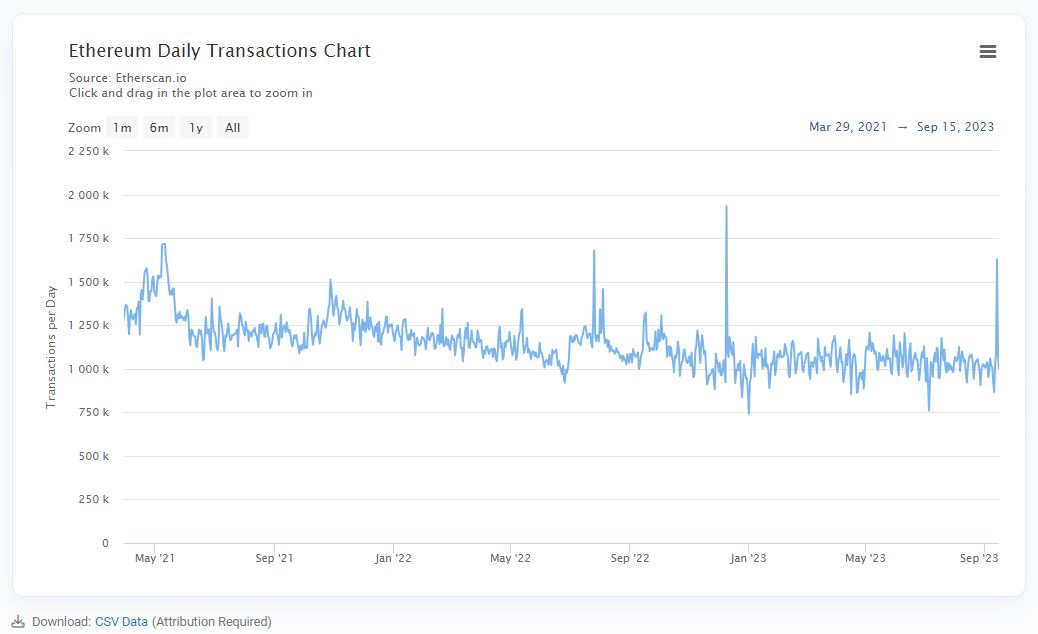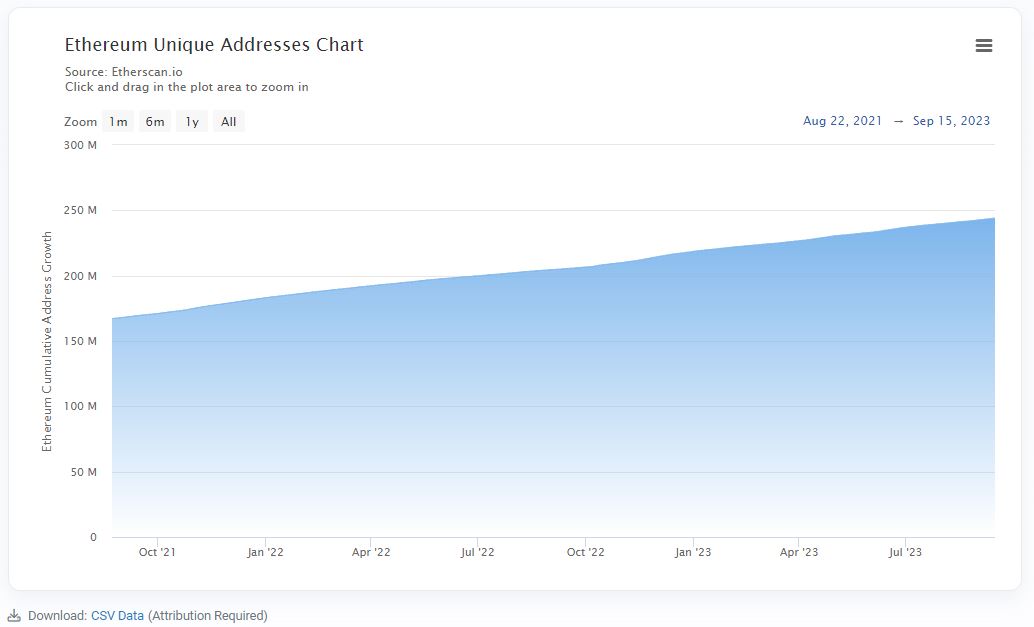So it’s been a year since The Merge event happened, so everyone, let’s look back at Ethereum after 1 year of The Merge, what has changed, the Ethereum network indicators, the trends that have been created. go out,…
To understand more about The Merge, people can refer to some of the articles below:
- What is Ethereum?
- What is Shanghai Upgrade? Will ETH Be Sold Off By Investors?
- Podcast #1 | Ethereum And The Merge
Overview of The Merge
The Merge is an event that marks a turning point in the Crypto market in general and Ethereum in particular when the Ethereum network officially switches from Proof of Work to Proof of Stake. Along with that are a series of changes that are also a consequence of the above transformation including:
- Reduce energy consumption by 99%.
- The number of ETH minted per block also decreased by 90% and there is a high possibility that Ethereum will enter a deflationary phase.
- Block completion time is shortened but not significantly.
Exactly on September 15, 2022, The Merge took place successfully without any network-related problems. Ethereum officially switched from POW to POS.
Looking Back at Ethereum After 1 Year The Merge Takes Place
On-chain metrics

After 1 year, now, as the initial prediction that Weakhand mentioned, Ethereum officially stepped from inflation to deflation, this is important for the long-term growth of ETH that even Bitcoin is not. (Bitcoin essentially only reduces the inflation rate each year through block rewards). Ethereum’s current deflation rate is -0.2488%.
At the time of The Merge, the total supply of ETH was 120,521,029 ETH, now 120,221,737 ETH equivalent to about 980K ETH have been burned off the network with a value of about $1.47B at a price of $1,500/ETH or $1.96B with the price is $2,000/ETH. Also during this period, about 680K ETH were generated as staking rewards.
So so far, subtracting the amount burned from the amount generated, nearly 300K ETH has actually been burned off the network. However, recently when the Ethereum network became gloomy, the supply of ETH is showing signs of increasing.


The number of transactions on the Ethereum network over the past year has not fluctuated too much, and even tends to decrease slightly. Besides, the total number of new addresses on Ethereum is still increasing steadily but we clearly do not see a surge.
Trends created after The Merge
Perhaps the biggest trend created after The Merge to date is LSD and LSDfi. Why is The Merge creating this trend? It can be said that The Merge plays a key role in Ethereum officially becoming a PoS, and for PoS platforms, the LSD industry will be extremely developed. However, we need more catalyst from Shanghai Upgrade with direct deposits and withdrawals from Beacon Chain.
Since then, the LSD trend has exploded, led by the name Lido Finance, then a series of old names in the DeFi village began to participate in the LSD industry such as Frax Finance, yEARN Finance and then the returns of StakeWise, Swell, ANKR, Jito Labs,… From then on, the LSDfi trend gradually formed.
LSDfi was born with the goal of increasing liquidity for LST (Liquid Staking Token). We see that each LSD platform has different LSTs such as Lido Finance – stETH, Rocket Pool – rETH, Frax Finance – sfxrETH, fxrETH, Swell – sETH, yEARN Finance – yETH,… From there we have a LSDfi ecosystem with a variety of puzzle pieces such as:
- AMM: Curve Finance, Maverick Protocol, Uniswap V3,…
- Lending & Borrowing: Lybra Finance, Raft,…
- Layer 1: Tenet Protocol. Persistence.
- Yield Farming: Pendle Finance,
- Index: unshETH, Index Corp,…
- Self-Repaying Loans: Alchemix, ZeroLiquid, Savvy, Cat in a Box Finance,…
In fact, in my opinion, LSDfi has not really become a trend when growth projects only name a few projects such as Lybra Finance or Pendle Finance, in which Lybra’s growth has many traces of KOLs. in the Crypto and Pendle market with the mark of products suitable for large customers.
What’s Next for Ethereum?
Cancun Upgrade is the next upgrade of Ethereum and this update has a strong impact on the entire Layer 2 market in the same way that Shanghai Upgrade impacts the LSD industry. Cancun is expected to reduce transaction fees on Layer 2 by 10 – 100 times. Basically, the transaction fee on Arbitrum is currently $0.2, then it can be reduced to $0.02 – $0.002. It can be seen that this is one of the final keys that indirectly leads Ethereum to Mass Adoption.
Currently, we have many outstanding Layer 2 projects such as:
- Arbitrum with an ecosystem focusing on Perp DEX, Gaming and Layer 3 in the long-term future.
- Optimism with an ecosystem focusing on Synthetix, AAVE and Perpetual, besides Superchain.
- Some Layer 2s are under construction such as Linea, Base, zkSync, StarkNet,…
Not only that, but we have many updates ahead such as:
- The Surge: This update will replace the old development roadmap Sharding to EIP-4488 with the focused technology Danksharding. Integrate zkEVM from ZkSync, Scroll, Polygon,… and Rollup expansion solution with the goal of reaching 100,00 TPS in the future.
- The Verge: Supports validators to validate SNARK transaction proofs of zkRollup scaling solutions quickly and easily.
- The Scourge: Thoroughly handling issues related to MEV helps improve user experience on the network.
- The Splurge: Completed a number of other upgrades to make the Ethereum network smoother.
Summary
It can be seen that if we look back at Ethereum after 1 year of The Merge, we see that there are strong impacts on the ETH economy and contribute to creating many future trends.


